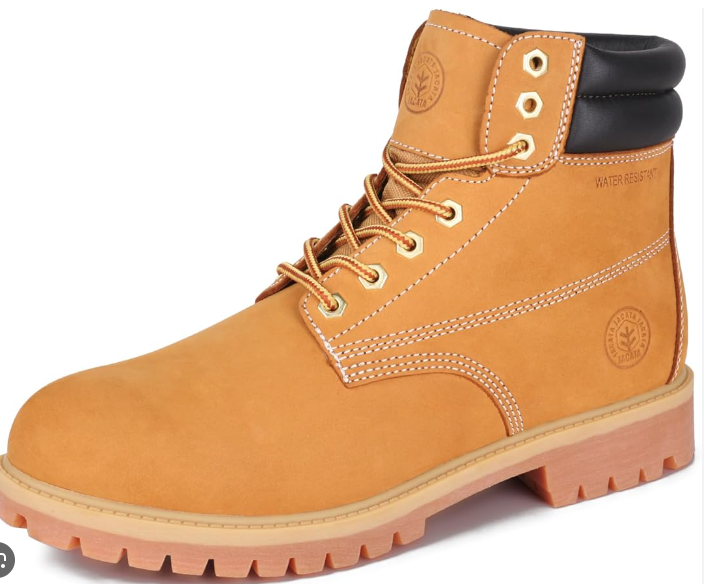The foot is something that doesn’t get much attention unless there is a problem. Therefore, to avoid possible injury, it’s important to think about safeguarding the foot before undertaking any job.
You may be exposed to various hazardous conditions on the job, including slippery surfaces, climbing hazards, handling or working around heavy equipment and machinery and working around electricity. These different working conditions may require different safety footwear to protect the foot, and the worker, from injury.
When choosing safety footwear, you must select the legally approved shoe or boot required for the job activity, equipment, and situation. Some situations may require metal-toed boots to protect the top part of the foot. These steel-toed shoes provide extra protection over the top of the foot and can make a difference in preventing an injury in an accident. Know and understand you specific jobsite safety shoe regulations.
Safety shoes or boots with impact protection should be worn when you carry or handle materials such as heavy packages, objects, parts or tools and for other activities where objects may fall onto the foot. You are required to wear safety shoes or boots with impact protection when your work involves wheeling carts that carry heavy materials; handling heavy, bulky tools (paper, fabric, carpet, lumber, Steel, drywall etc.); working around heavy pipes or in situations where a heavy object may roll over your foot.
Safety shoes or boots with puncture protection should be required when you are exposed to sharp objects such as nails, wires, tacks, screws, large staples, scrap metal, etc. And special types of insulating shoes or conductive shoes may be necessary for certain types of electrical work. If you have questions regarding your sites shoe requirements, please speak with your safety team or Foreman.

